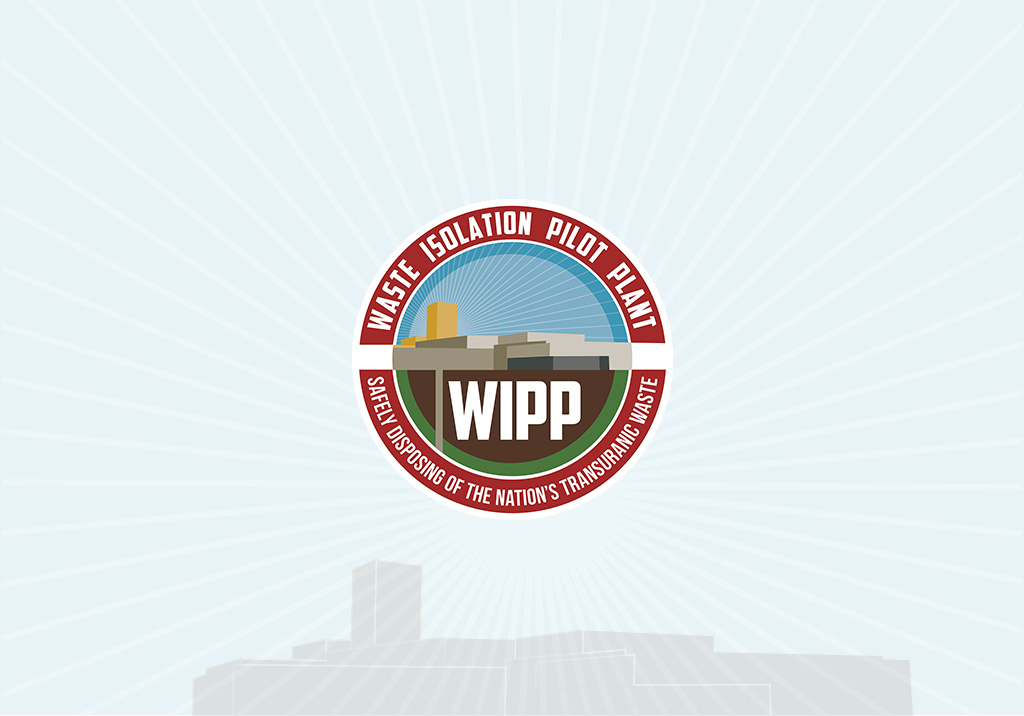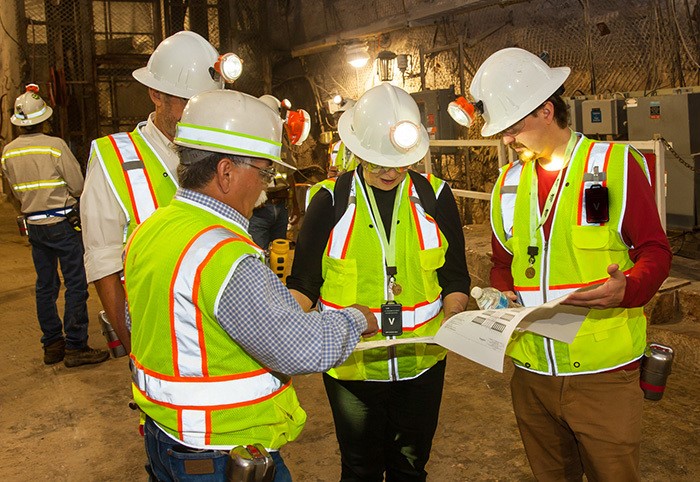
DOE Carlsbad Field Office Manager Selected
June 16, 2020
Mine Experts to Advise WIPP on Worker Safety, Regulatory Compliance
August 14, 2019August 21, 2019
Key Utility Shaft Construction Contract Awarded at WIPP
CARLSBAD, N.M., August 21, 2019 - The U.S. Department of Energy (DOE) Carlsbad Field Office (CBFO) and Nuclear Waste Partnership (NWP) announced today the award of a key utility shaft construction contract at the Department's Waste Isolation Pilot Plant (WIPP).
NWP President and Project Manager Bruce Covert confirmed that Harrison Western-Shaft Sinkers Joint Venture has been awarded a $75 million contract to construct a new utility shaft at WIPP. The shaft is part of the Safety Significant Confinement Ventilation System (SSCVS), which is key to restoring full operations at the WIPP facility.
Work on the primary ventilation components and structures for the SSCVS began last summer under a $135 million contract. The two construction projects are among the largest at WIPP in more than 30 years.
"This is an extremely important day for us," said Covert. "After an exhaustive and thorough procurement process, we believe the Harrison Western joint venture is the right contractor to undertake this important project."
When completed, the final shaft will measure 26 feet in diameter and extend to 2,275 feet below the surface. The contract also calls for mining two access drifts, or tunnels, which will connect the shaft with the existing WIPP underground. The planned completion of the shaft is 2022.
The SSCVS, the largest containment fan system among DOE facilities, provides a modern air supply system designed to run continuously in unfiltered or HEPA filtration mode. The system will provide approximately 540,000 cubic feet per minute (cfm) of air to the underground, significantly more than the 170,000 cfm provided by the current ventilation system. The completion of this ventilation system will improve underground air quality for the workers, as well as improve their comfort underground during the hot summer months.
"This is a significant improvement for the WIPP facility in support of DOE's national mission of nuclear waste cleanup," said Acting CBFO Manager Kirk Lachman. "I want to thank all those who worked so hard to get us to this point."
WIPP is a DOE facility designed to safely isolate defense-related transuranic (TRU) waste from people and the environment. Waste temporarily stored at sites around the country is shipped to WIPP and permanently disposed in rooms mined out of an ancient salt formation 2,150 feet below the surface. WIPP, which began waste disposal operations in 1999, is located 26 miles outside of Carlsbad, N.M.
